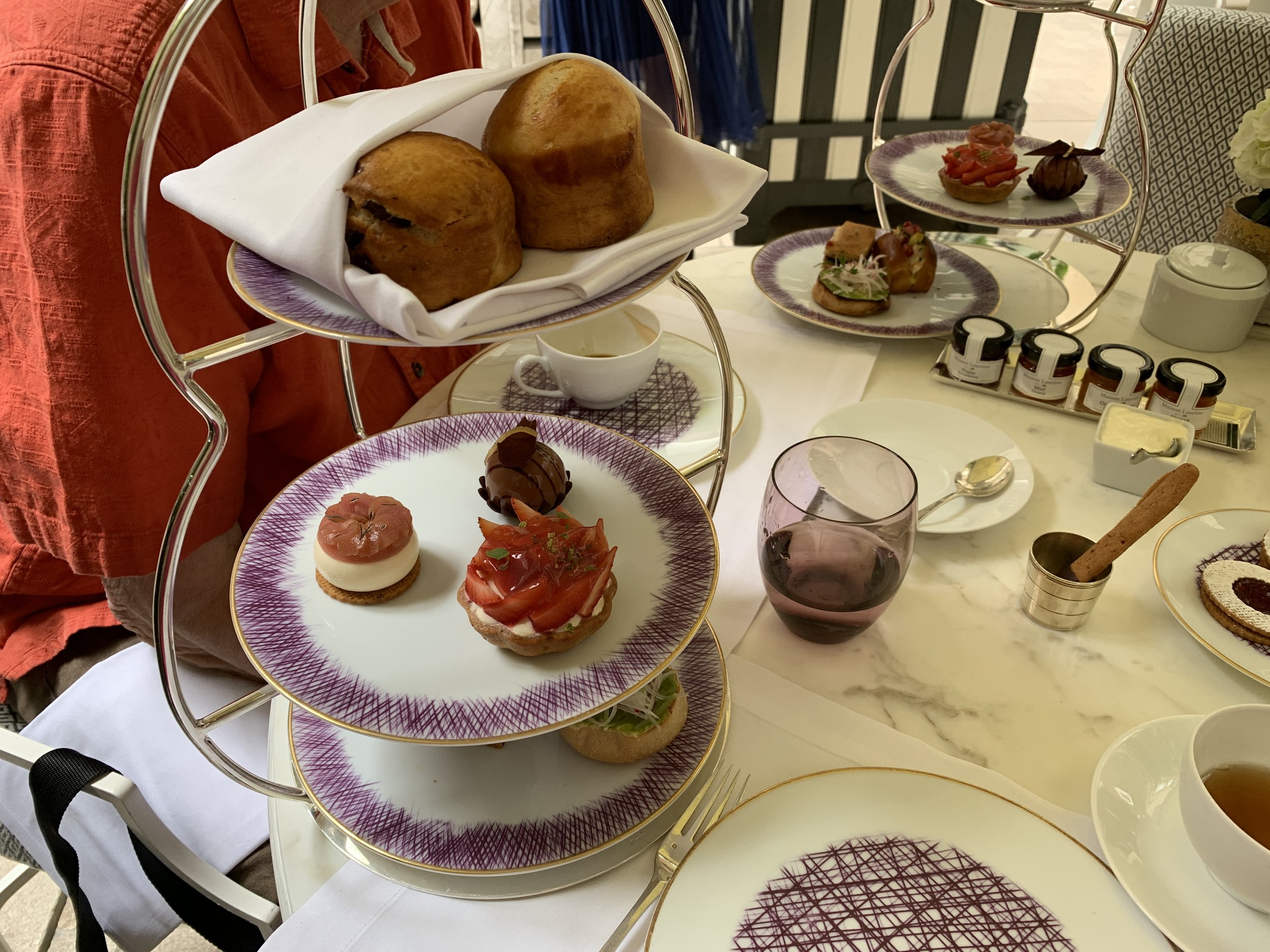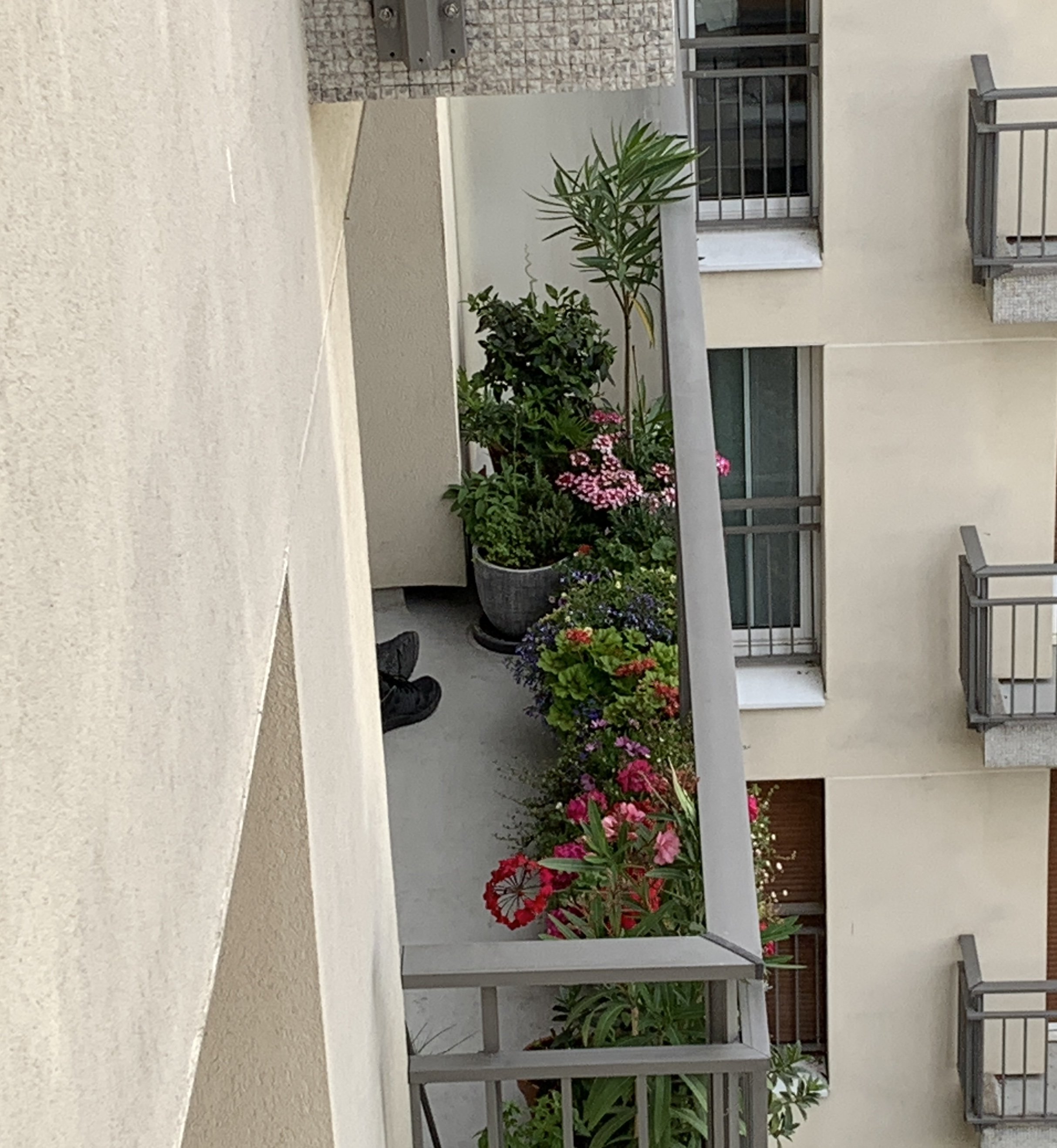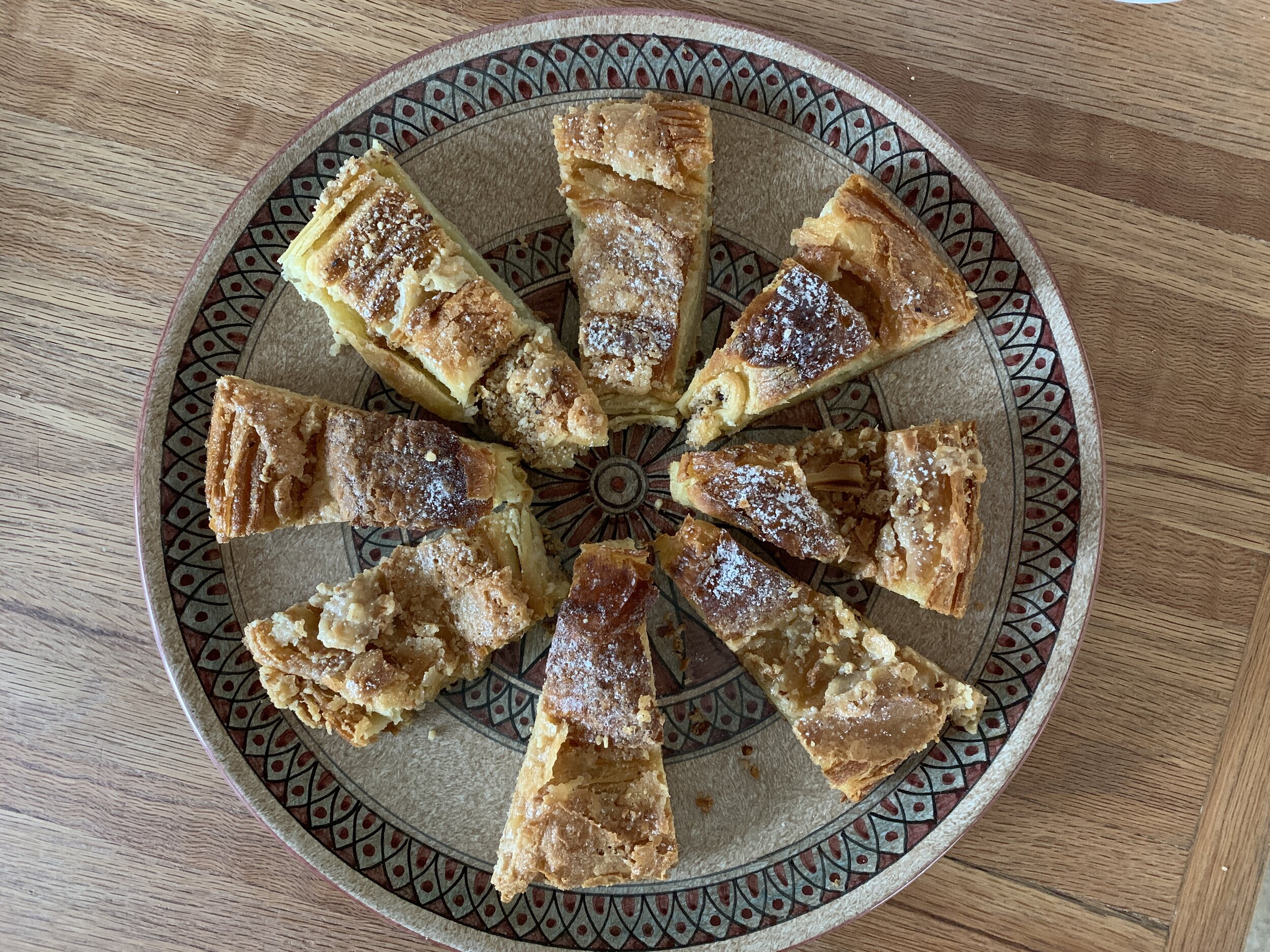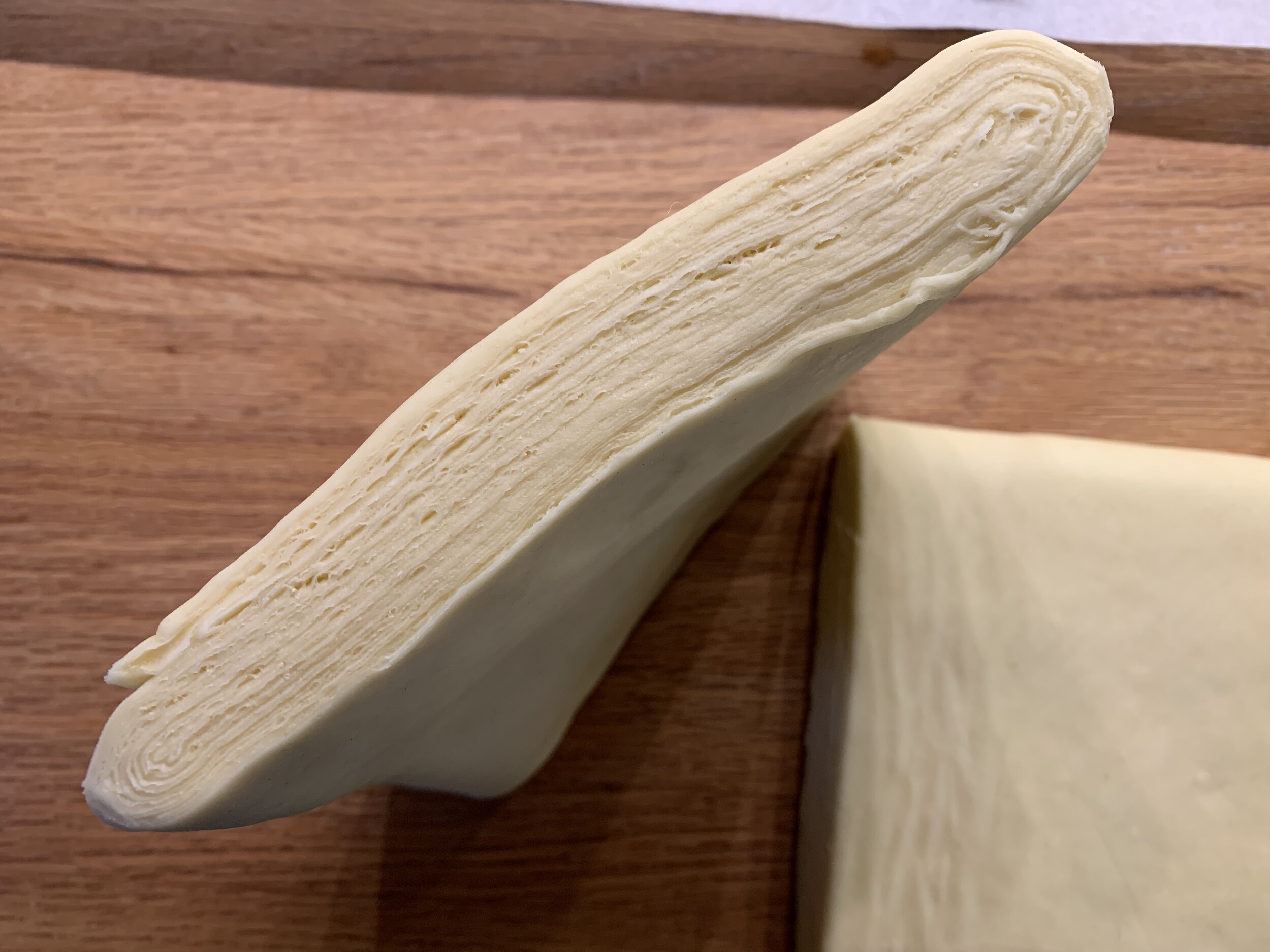Afternoon tea at Hôtel de Crillon
/We’ve been back home in Michigan for a few weeks now, and I want to share one last adventure from our European travels. I’ve been mulling over how to describe this one since it didn’t quite live up to our expectations, particularly after the generally stellar teas we enjoyed in the UK in autumn of 2019. Well here goes!
We had planned to meet an old friend for afternoon tea while in Paris, and, after a bit of research, we settled on Hôtel de Crillon, a 5 star spot right on Place de la Concorde that reopened several years ago after undergoing a 4 year renovation. With all the hype and the reputation of the place we were pumped to experience it. I recall during my pastry school days that the hotel was a very sought after spot for students to snag their place as a stagiaire - a real feather-in-one’s-cap kind of deal on the pastry chef resumé.
There’s a lovely lounge area soon after entering with luscious purple flowers and cushiony seating, but we were slated for Le Jardin d’Hiver, an outdoor terrace/courtyard venue for lunch and afternoon tea which lacked much luster or natural beauty - some greenery here and there and otherwise a white theme. Perhaps some might consider it calming, although we thought it pretty tame after the interior sumptuousness.
Entry lounge area
We had a quiet corner where we could catch up on the last few years (6!!) since we had seen Diane. After a lot of chatting (and staff periodically milling about wondering when we might order) we finally put in our requests for tea (me), coffee (Steve) and hot chocolate (Diane) to accompany our tiered tea assortments.
Two classic French cookies, langues du chats and lunettes with raspberry jam, came next. I gave them a thumbs up - crispy and flavorful, just as lovely shortbread type cookies should be.
We each received our own tiered server and could choose EITHER brioche or scones (the EITHER made very clear by the wait staff) which came perched above the sweets and savories. Heaven forbid we could have chosen one of each. Diane and I chose the scone pair (plain and fig/cranberry) and Steve went with the brioche (vanilla cream and strawberry/rhubarb). Truth be told, he’s not a big scone fan and he ordered the brioche simply so I could try it. Isn’t he wonderful?
Scones and sweets
Let’s check out the savories - the menu included focaccia/grilled veggies/olive cream; lobster roll on brioche with lime; goat cheese and pea toast (English muffin like) with radish. We all agreed the pea toast took first place but felt the lobster roll lacked any level of pizazz and the focaccia was one dimensional.
Savories
Before moving on to the sweets, I sampled the fig/cranberry scone which was flavorful but more cake-like than the light, fluffy crumbly scones I prefer. I then stole one of Steve’s brioche (vanilla cream) and found it absolutely superb and what would in the end be my favorite for the day. A hidden stash of vanilla cream in the bottom was perfect with the buttery, light brioche and its crisp exterior. Alas the other brioche (strawberry rhubarb) went uneaten since Steve and Diane showed no interest and I had to save room for other things. Awwww.
Steve’s brioche
The sweets plate
The sweets offerings included a lovely fresh strawberry and orange blossom tart which was tasty indeed (save for the slightly less than crisply fresh crust). Can you imagine slicing and arranging those strawberries just so? It’s a lot of work believe you me.
We were disappointed in the rhubarb dill number - while the cream cheese mousse base was good, the rhubarb dill concoction simply didn’t do it for us.
The third sweet, milk chocolate mousse with pink grapefruit jelly, was odd and quite jiggly. Oh well, ya gotta try some new things right?
In the end it was more about chatting and enjoying each other’s company. The icing on the cake, as it were, was receiving the news through a message from Diane’s husband back home that the COVID testing requirement to get back into the USA had been lifted! She was slated to fly home the same day we were and all of us couldn’t have been happier with the news.
Now we’re back to life as usual, whatever that really means. Since being home, I’ve taught a summer tart class through our local school system and look ahead to occasional pastry activities on the horizon. We’re back in a very casual at home mode for the most part and wondering when all the turmoil around the world will wane. It’s anybody’s guess.
Meanwhile my annuals are potted up, I’m back to regular walks and swims and working on staying calm.
Enjoy summer!






























































